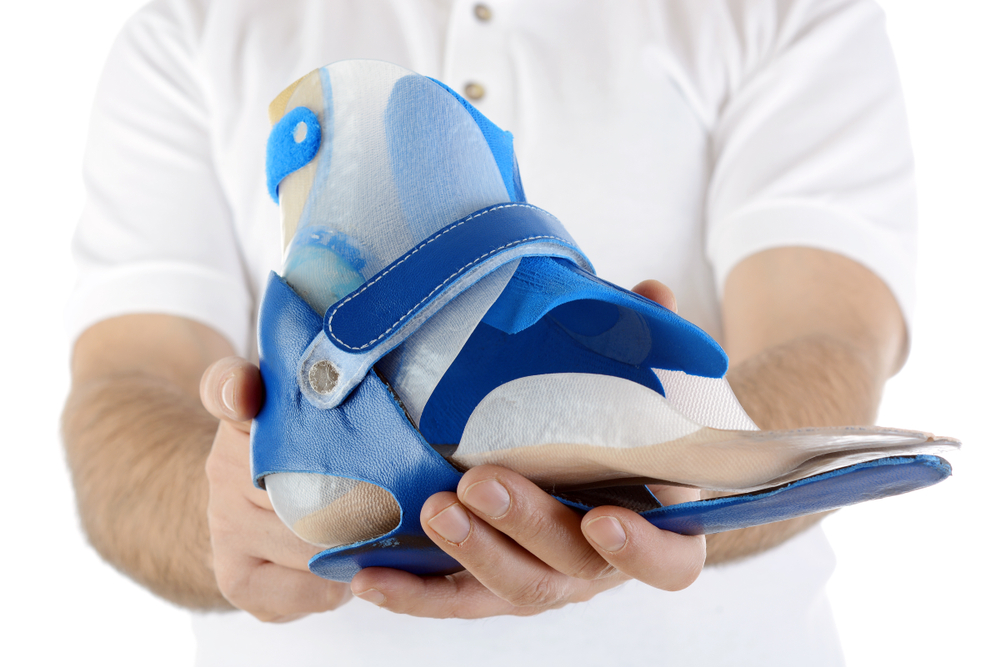In the past, we’ve talked about a lot of the philosophies and services that make us one of the best local sources for orthotics, prosthetics and other related products and gear.
Today, let’s talk about some of the conditions that we help to treat in managing care plans and promoting good health outcomes for the whole family.
Specifically, we deal with products that are intended to improve some chronic conditions that may be related to other health challenges. In other words, some of our prosthetics and orthotics are really intended to help with secondary conditions from underlying health problems that patients may have already addressed!

Starting with Terminology
Let’s start with some basic terminology. It might not be that complex, but it can be confusing to people who are trying to research these various conditions.
First, you have a condition alternately called ‘drop toe’ or ‘drop foot.’ This is where the patient is dragging the front of the foot because of nerve damage or an inability to work the muscles of the foot properly.
We’ll talk about that more in a bit. The opposite of that, in some basic ways, is a condition called idiopathic toe walking or ITW. Here, the patient is pushing down on the toe, using it as the mechanism for a functional gait, and not putting enough pressure on the heel or possibly even the ball of the foot.
These conditions are different, but both of them deal with the front area of the foot.
Helping with Drop Foot
Importantly, drop foot can often be a symptom of something like a stroke or neurological damage.
It’s important to make those ties, if they exist, in order to treat the whole condition and understand the context of why this patient is suffering from this kind of mobility challenge.
Then you can move toward treating a secondary condition, the drop foot or drop toe, with proper and appropriate items.
Treatment for Drop Foot
To treat drop foot, many doctors recommend using something like a brace or splint.
You’ll see these products outlined in our catalog online, and mentioned as effective modalities for treating drop foot or drop toe. We’ll get into treating idiopathic toe walking in different blog post, because that’s a different scenario. In the case of drop foot, there’s an effort to try to support the front of the foot, so that it doesn’t drag along when the patient walks.
There’s often a physical therapy element to this kind of care, too. But we specialize in creating and providing the physical support items that are so important for regular and routine care and treatment.
That’s an example of the types of support gear that you can find in our comprehensive catalog. In the Fairfax, VA area, we are a go-to for families who are trying to manage these conditions over the long term and create those robustly positive results with time, therapy and support accessories.
For more, stay tuned and keep an eye on the blog. Bookmark us for more on effective treatment of a wide spectrum of conditions that might have family members researching what to do with home care and any alternatives for these chronic conditions.



